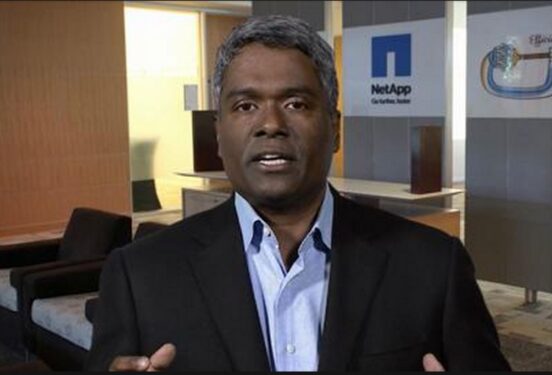INTERNATIONAL hybrid cloud and data management company NetApp recently announced availability of new solutions for companies to monitor, manage, and optimise their carbon footprints across hybrid, multi-cloud environments.
The company also outlined its commitment to achieve a 50% intensity reduction of Scope 3 Greenhouse Gas (GHG) emissions (produced by an organisation’s value chain) by 2030 in addition to a 42% reduction of Scope 1 (controlled or owned by an organisation) and Scope 2 (electricity, heat, and cooling purchases) GHG emissions through adoption of a science-aligned target.
“The unparalleled environmental challenges we face require everyone to be a part of the solution. We are deeply integrating sustainability into the strategy and operational priorities of our business,” NetApp CEO George Kurian pointed out in a media release.

“We are committed to expanding sustainable practices within our own business by setting a bold, but achievable target of a 50% intensity reduction of Scope 3 Greenhouse Gas emissions by 2030.”
With new tools and resources announced at NetApp INSIGHT, organisations can more effectively achieve their carbon reduction goals while meeting customer demands:
- NetApp BlueXP delivers a unified experience across hybrid multi-cloud environments to bring all application and data storage services into a single control plane. BlueXP provides power-consumption reporting with dashboards that allow companies to make decisions about moving critical data to balance business needs with carbon efficiency.
- NetApp Cloud Insights Dashboard is a new feature that reports on power usage and temperature for ONTAP storage. NetApp Cloud Insights provides visibility and reporting of an organisation’s use of compute and storage across all on-premises and cloud environments to find and address waste and inefficiencies which helps customers make informed decisions that can reduce costs and waste, including those around reducing emissions.
- Lifecycle Assessment (LCA) carbon footprint reports leverage the product attribute impact algorithm (PAIA) methodology. NetApp was the first storage-focused provider to join PAIA, a consortium of information and communication technology peers, sponsored by the Massachusetts Institute of Technology (MIT).
- NetApp’s 4:1 Storage Efficiency Guarantee for SAN workloads is NetApp’s promise that companies can store more data with less storage which reduces energy usage and GHG emissions. The guarantee covers all ONTAP all-flash systems including AFF A-Series, AFF C190, All SAN Array, and FAS500f.
NetApp’s entire portfolio of products and services enable customers to build out the hybrid multi-cloud environments that meet their business and sustainability objectives and provide a holistic, comprehensive approach to creating a more sustainable IT structure.
“Companies need visibility into – and insight on – the sustainability and efficiency state of their hybrid, multi-cloud environments to better understand where they can make changes to reduce their carbon footprints,” shared NetApp Cesar Cernuda.
“NetApp’s ongoing commitment to innovation in our product portfolio, combined with the company’s decarbonisation efforts, provide organisations with the tools and resources they need to reduce costs, run more efficient operations, and enable emissions-based decision making in order to achieve their own sustainability goals,” he added. – Nov 7, 2022










